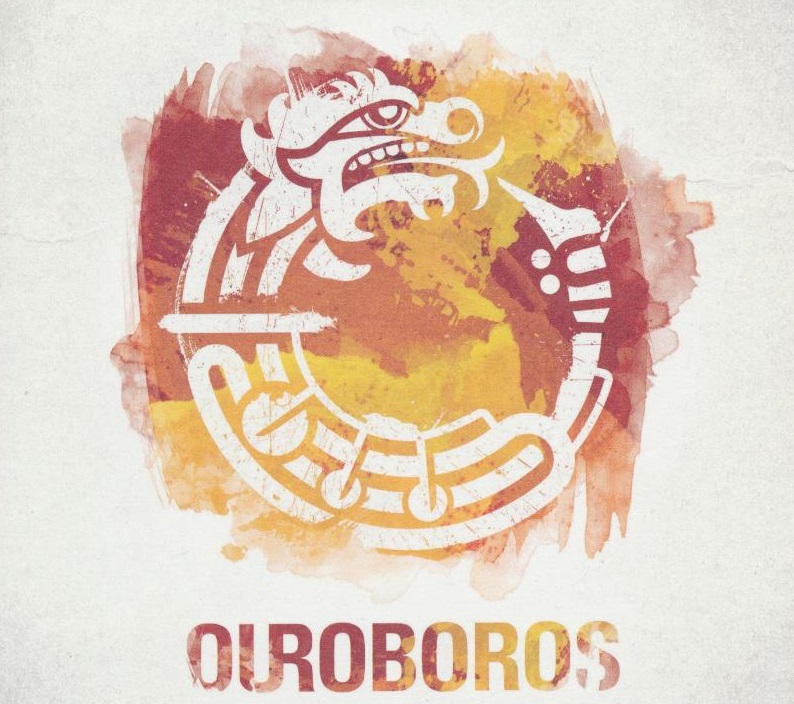


Beauty is born from the ashes of destruction, mirroring the dichotomy of the Ouroboros myth. The merging of materials creates a violent reaction that is then imprinted into the paper, changing the physical makeup of the gelatin, often leaving a three-dimensional relief on the surface. The eruption, contained by the split serrated blade that wraps around itself in the fashion of the Ouroboros snake, leaves the teeth’s shadow formed onto the paper. Further imbuing the work with the resonance of infinity, Colville chose to perforate the plate with a template of the star map of the Northern Hemisphere. First seen in Egyptian and Greek mythology, the Ouroboros is an emblem of eternal energy appearing throughout various cultures and periods, becoming a universal image of healing and alchemy.Įach of Colville’s works are formed by a controlled blast of gunpowder spread upon a metal disc onto which Colville has punctured holes providing aeration for the ignition. This broken circle formed an image reminiscent of the ancient symbol of the Ouroboros, the mythical serpent swallowing its own tail, reborn from its own destruction. If what you had found was only a moment of light, like the explosion of a star, you would find nothing on your return.” ― Paulo Coelho, The Alchemistīeginning in 2016, Christopher Colville, a photographic artist in Phoenix, AZ started expanding his practice of producing light drawings on light sensitive materials using gunpowder flashes by incorporating the shadow of a ruptured bandsaw blade. "If what one finds is made of pure matter, it will never spoil. Like the other prints, The Ouroboros is decorated with semiprecious jewels, in this case three purple ones.“Don't think about what you've left behind,” the alchemist said to the boy as they began to ride across the sands of the desert. However, the shapes seem intentionally ambiguous, and also resemble slabs of meat similar to the pieces of the serpent. The center features an interlocking Yin and Yang. In this sense, the ants are fitting in their placements around the dead Ouroboros, a symbol of eternity now subjected to the effects of time. Dalí frequently used ants as symbols of decay and temporality. Each facet of the jewel contains a different symbol, including keys and ants. The pieces are arranged around a large, circular gem. The decaying pieces also represent the alchemical stage of putrefaction, when the alchemical matter decomposes. The Ouroboros maintains its circular shape, though the oozing pieces of the serpent interrupt its sense of eternity. It is cut in many pieces, though the head biting the tail remains one piece. Outside of alchemy, the symbol was also used to indicate eternity. Dalí, who was obsessed with time and eternity, was likely attracted to the symbol for this secondary meaning also.ĭalí's Ouroboros is more naturalistic than his other prints in Alchimie des Philosophes, and its features are similar to an eel or sea serpent. Because the Latin word draco means both "serpent" and "dragon," the Ouroboros is sometimes interpreted as a dragon, as depicted in the gallery below. It is also called the "paradoxical serpent" and represents the circular process of the alchemist's work. The Ouroboros, the serpent which devours its own tail, is the most ancient symbol of alchemy.


 0 kommentar(er)
0 kommentar(er)
